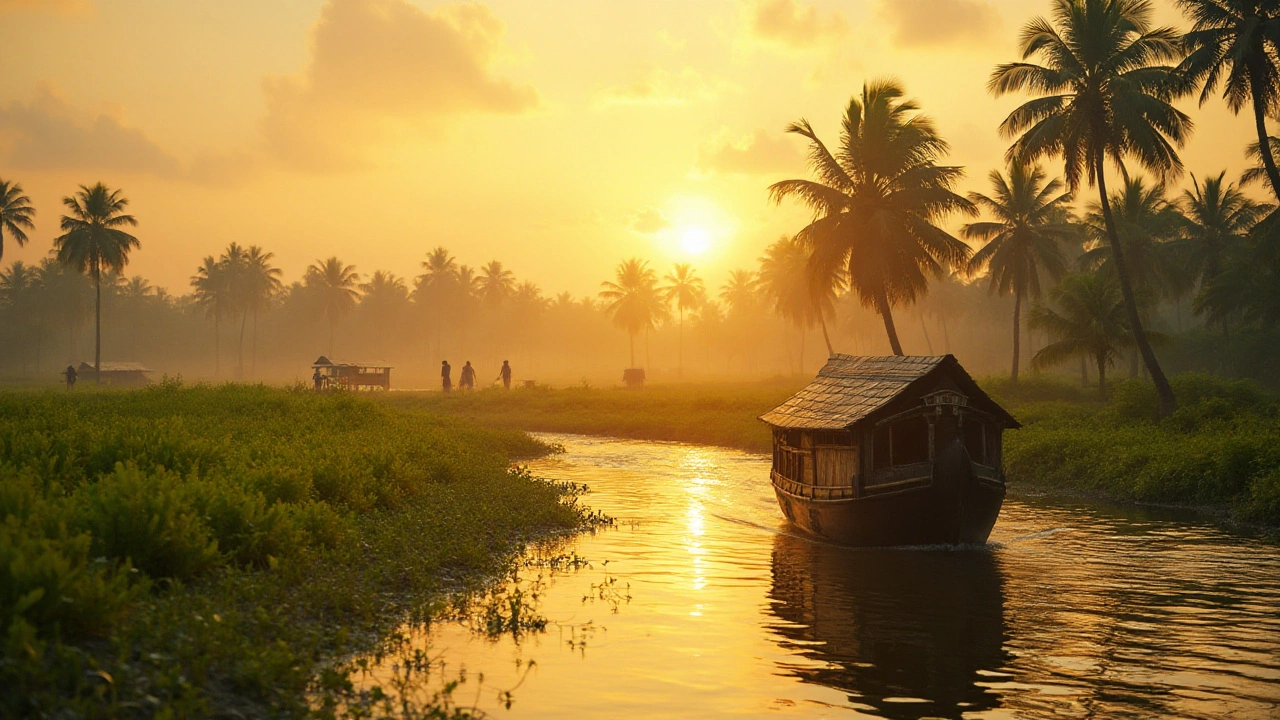Ladakh: High-Altitude Treks, Cultural Heritage, and Wild Camps in India’s Roof of the World
When you think of Ladakh, a high-altitude region in northern India known for its stark mountains, ancient monasteries, and extreme climate. Also known as Little Tibet, it’s where the Himalayas meet the Karakoram, and the air is so thin you feel every breath. This isn’t just another destination—it’s a place where silence is louder than cities, and the only traffic is prayer flags fluttering in the wind.
Ladakh encompasses some of the world’s most demanding treks, like the Markha Valley, a 70-kilometer trail that winds past remote villages and towering peaks, and the Great Himalayan Trail, a multi-week route that cuts across India’s most remote highlands. You don’t need to be a pro to trek here, but you do need to respect the altitude. Most visitors start feeling the effects above 3,000 meters, and acclimatization isn’t optional—it’s survival. Local guides aren’t just helpful; they’re essential for navigating permits, finding safe campsites, and understanding the spiritual significance of every rock and river.
What makes Ladakh different from other Indian wilderness spots is its culture. You won’t find bustling markets or neon-lit streets. Instead, you’ll find monks chanting in 600-year-old monasteries like Hemis, the largest and wealthiest Buddhist monastery in Ladakh, known for its annual festival and hidden treasures, and villages where families still live off barley, butter tea, and solar power. The landscape is barren, yes—but that’s the point. It strips everything down to what matters: the sky, the silence, and the people who’ve lived here for centuries without running water or Wi-Fi.
Travelers come for the adventure, but they stay for the stillness. Whether you’re camping under the stars near Pangong Lake, biking the Leh-Manali highway, or sitting in a monastery courtyard with a cup of chang, Ladakh doesn’t just show you nature—it changes how you see it. And if you’re looking for real isolation, few places in India offer it like this.
The posts below cover everything you need to know before you go: how to plan a trek that won’t leave you breathless, where to find the safest and most authentic camps, what to pack for freezing nights, and why hiring a local guide isn’t just smart—it’s the only way to truly experience this place. You won’t find generic lists here. Just real advice from people who’ve been there, slept there, and walked there—sometimes on frozen rivers and always with the wind howling.
